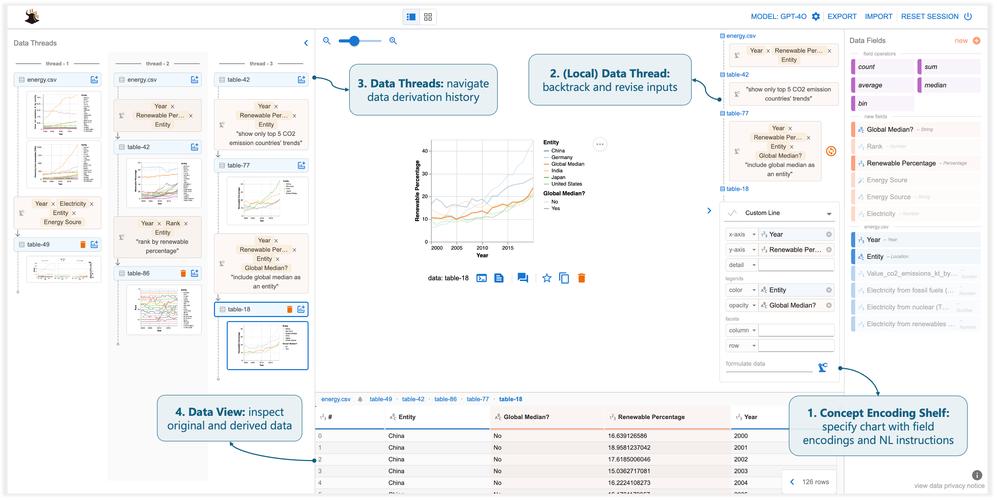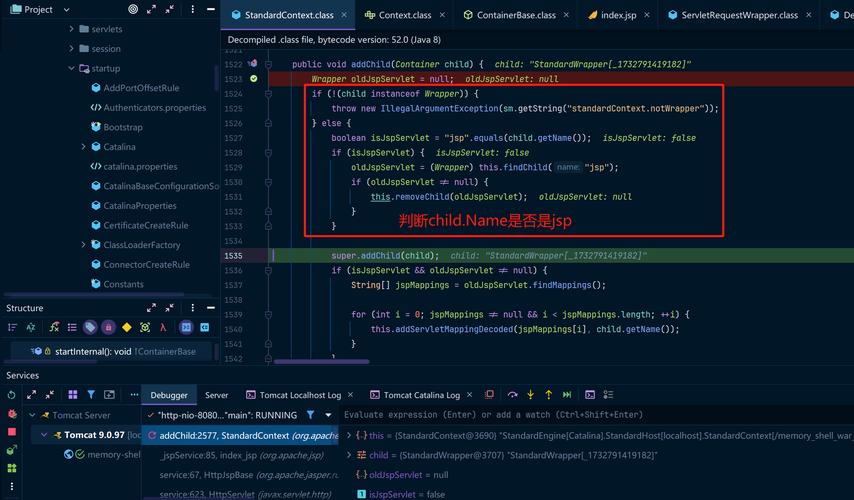
Decode ETH Transaction Data: A Comprehensive Guide
Understanding Ethereum transaction data is crucial for anyone involved in the blockchain space. Whether you’re a developer, investor, or simply curious about the inner workings of the Ethereum network, decoding transaction data can provide valuable insights. In this article, we’ll delve into the intricacies of decoding ETH transaction data, covering various aspects to help you gain a deeper understanding.
What is an Ethereum Transaction?
An Ethereum transaction is a digital record that represents the transfer of value or data between parties on the Ethereum network. It is a fundamental building block of the blockchain, enabling users to interact with smart contracts, send Ether, and perform other actions.

Transaction Structure
Every Ethereum transaction consists of several components, each playing a crucial role in its execution. Let’s break down these components:
| Component | Description |
|---|---|
| Nonce | Unique identifier for the sender’s account, ensuring that each transaction is unique. |
| Gas Price | Price per unit of gas, determining the cost of executing the transaction. |
| Gas Limit | Maximum amount of gas the transaction is allowed to consume. |
| Recipient Address | Address of the recipient, either a user or a smart contract. |
| Value | Amount of Ether being transferred. |
| Data | Optional data payload, often used for interacting with smart contracts. |
Decoding Transaction Data
Decoding transaction data involves analyzing the various components of a transaction to extract meaningful information. Here’s how you can decode ETH transaction data:
1. Analyzing the Nonce
The nonce is a unique identifier for the sender’s account. By analyzing the nonce, you can determine the sequence in which transactions were sent from a specific address. This can be useful for tracking transaction history or identifying potential fraudulent activities.
2. Understanding Gas Price and Gas Limit
The gas price and gas limit determine the cost and execution time of a transaction. By analyzing these values, you can assess the urgency and cost-effectiveness of a transaction. Higher gas prices often indicate higher transaction priority, while higher gas limits ensure that the transaction can be executed without running out of gas.

3. Identifying the Recipient Address
The recipient address is the destination of the transaction. By analyzing the address, you can determine whether the transaction was sent to a user or a smart contract. This information is crucial for understanding the purpose of the transaction and its impact on the Ethereum network.
4. Examining the Value
The value represents the amount of Ether being transferred. By analyzing the value, you can determine the size of the transaction and its potential impact on the sender’s account balance. This information is valuable for tracking investment activities or assessing the liquidity of an address.
5. Interpreting the Data
The data field is an optional payload used for interacting with smart contracts. By analyzing the data, you can understand the specific actions performed by the transaction, such as calling a function or executing a contract. This information is crucial for developers and investors who want to gain insights into smart contract interactions.
Tools for Decoding ETH Transaction Data
Several tools and platforms can help you decode ETH transaction data. Here are a few popular options:
- Etherscan: A comprehensive blockchain explorer that provides detailed information about Ethereum transactions, including gas price, gas limit, and data.
- Blockchair: Another popular blockchain explorer offering real-time data and analytics on Ethereum transactions.
- Web3 Etherscan: A web3-based interface for exploring Ethereum transactions, providing a more interactive experience.
By utilizing these tools, you can gain a deeper understanding of ETH



